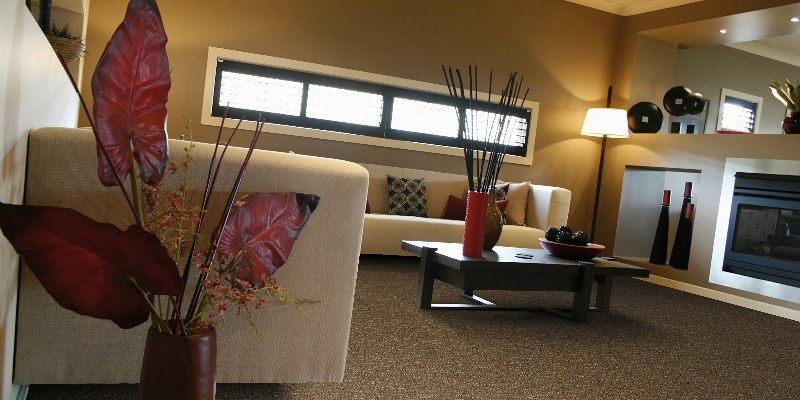Summer holidays are over, the kids are going back to school, and even here in Kelowna, the weather—gulp—is starting to cool down. We’ll soon be spending more time indoors and living on our floors. Having the whole family inside and often the kids can leave you feeling cramped and looking for more space. So, if you are thinking about renovating or finishing your basement, here are thoughts to keep in mind about the flooring you choose.
Carpeting
Hard surface floors are popular upstairs options, but carpet remains one of the most popular choices for basements. It’s warm, comfortable, and quiet. Low-pile carpets such as berber wear better than saxony or shag carpets and are usually less expensive. It’s also easy to install and and is usually stretched in and hooked to tack strips that are fastened down around the perimeter of the room. Be sure to choose a quality under cushion and consider a product with a breathable moisture barrier to ensure moisture is not trapped below the carpet.
Sheet Vinyl & LVT
Resilient vinyl flooring is durable, moisture-proof, and maintenance-free. Sheet vinyl comes in 12-foot-wide rolls that virtually eliminate seams. There are also a huge range of luxury vinyl plank floors in a wide variety of colors and styles from which to choose. In general, thicker vinyl translates to higher quality and cost, but they will last longer and usually have a more durable wear layer. Thicker vinyl can feature a textured surface, and some types have the appearance of real stone and wood.
Ceramic tile
Ceramic tile installs readily over a concrete slab and the many styles and colors available make it a good designer’s choice. Properly installed and maintained ceramic tiles should last as long as your house. Small’s has the largest selection of ceramic and porcelain tiles in the interior. Our team can help you choose products that will work well and look great in your basement.
Engineered Hardwood
It wasn’t that long ago that few builders or flooring professionals would recommend or risk installing a hardwood floor over a below-grade concrete surface. Because solid wood changes dimensions with fluctuations in temperature and humidity, the chances of warping and cracking were too great. In addition, there were few reliable options for installing wood flooring without traditional nails or screws.
But today’s engineered hardwood floors, however, provide a more stable substrate for the planks while delivering the look and feel of a solid wood floor. They feature a thin veneer layer of solid wood that is laminated to plywood backing. Plywood is more dimensionally stable than solid wood, allowing the planks to withstand temperature and moisture fluctuations without warping.


